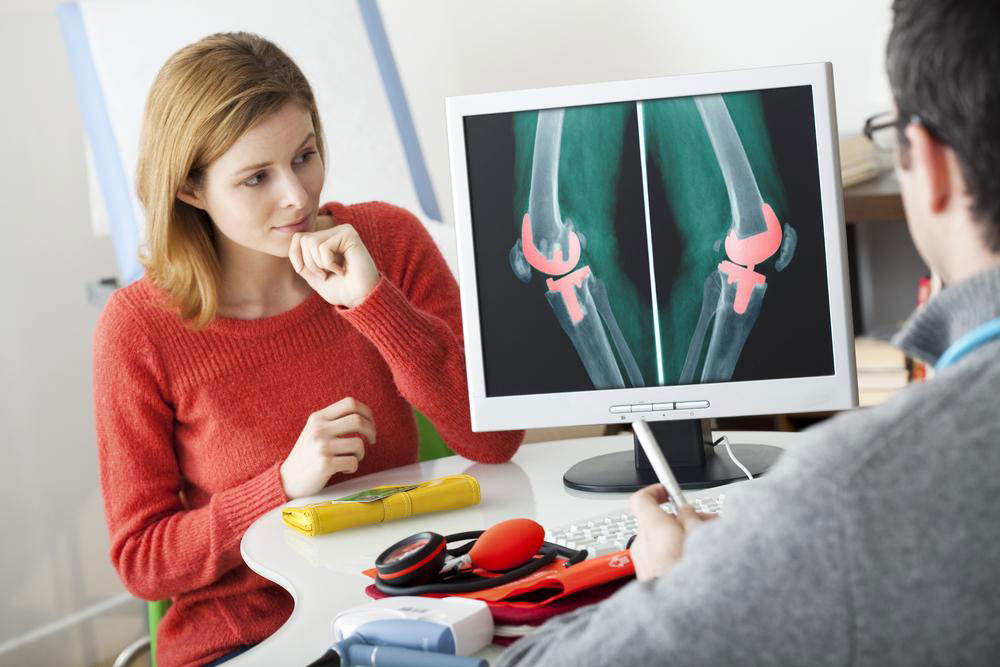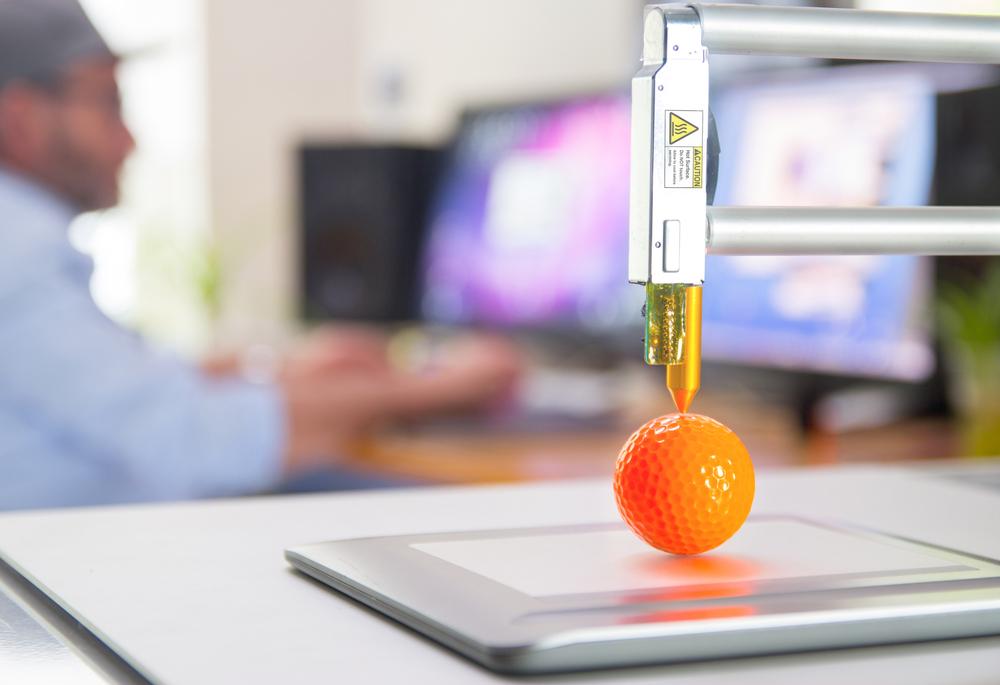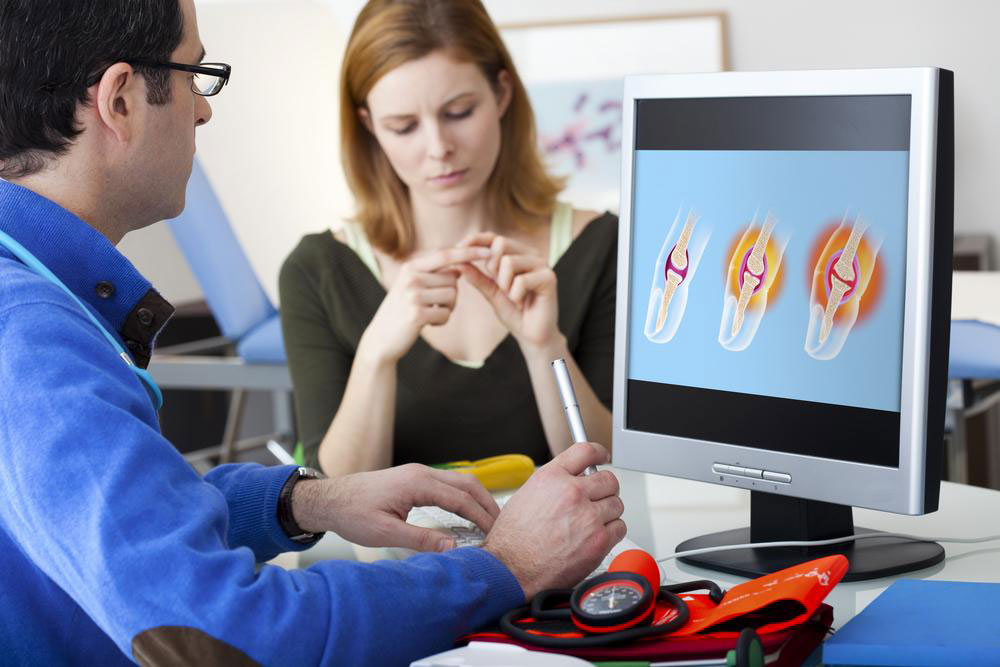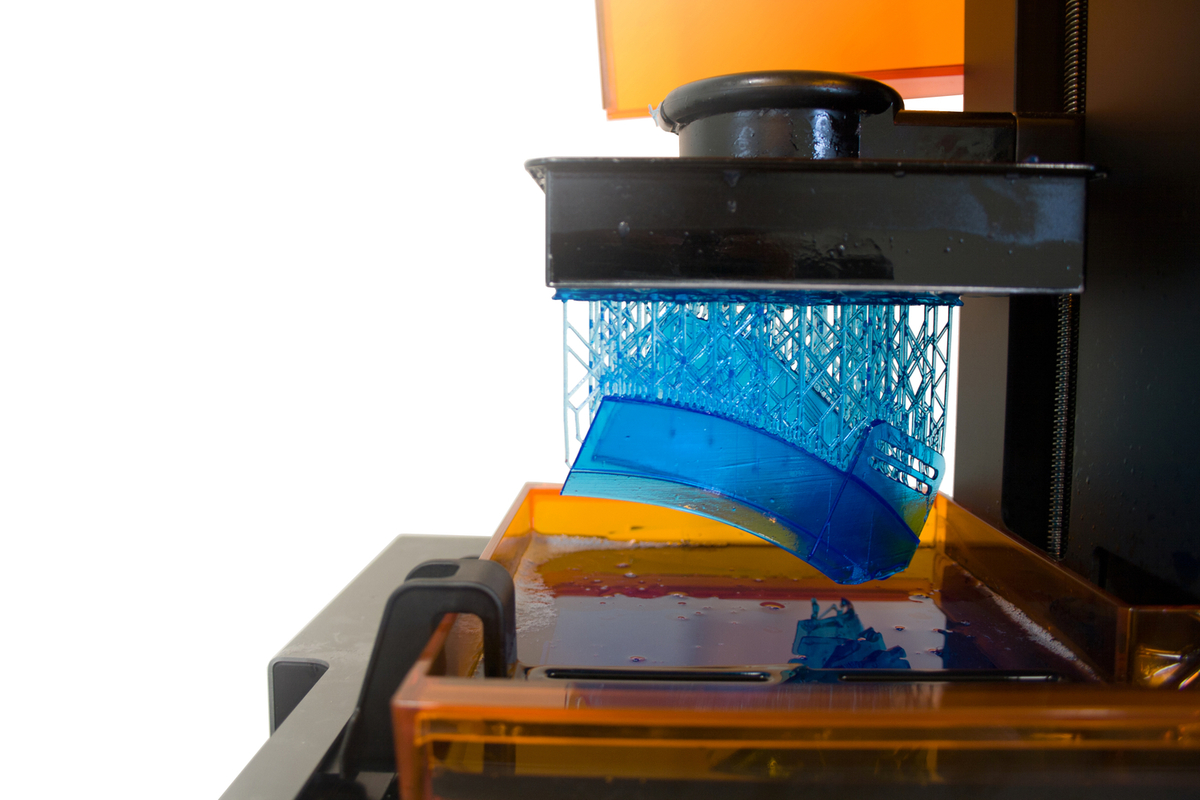Breakthroughs in Modern Bone and Joint Treatments
Orthopedic treatments have reached new heights with the development of BMP, advanced implant designs, and 3D printing. These innovations improve fracture healing, joint stability, and customization, transforming patient care. From the discovery of BMP in 1965 to modern computer-assisted surgeries and patient-specific implants, orthopedic medicine continues to progress, offering more effective and durable solutions. This evolution enhances recovery times and outcomes for patients with bone and joint issues, marking a bright future for the field.

Breakthroughs in Modern Bone and Joint Treatments
Orthopedic medicine has achieved remarkable progress over the decades, turning early discoveries into widespread clinical applications. One significant innovation is Bone Morphogenetic Protein (BMP), first identified in 1965 by Dr. Marshall Urist, who found that decalcified bone matrix could stimulate new bone formation. After extensive research, the FDA approved BMP for repairing non-union long bones in 1975, and later for spinal fusion in 2002. This advancement has dramatically improved fracture healing and spine surgeries.
In addition, innovative joint implant designs have addressed previous challenges like infection risk, wear, and corrosion. Transitioning from metal-on-metal to alternatives such as metal-on-polyethylene, recent improvements focus on precise fixation using computer-assisted techniques, leading to better outcomes. Pioneering designs like the Charnley hip, utilizing ultra-high molecular weight polyethylene, laid the foundation for modern implant success. Modern techniques also include 3D printing, enabling patient-specific instruments and surface modifications, such as cartilage-mimicking layers with enhanced durability, exemplified by recent advances from research collaborations. The field of orthopedics continues to evolve, promising better treatment options for patients.









